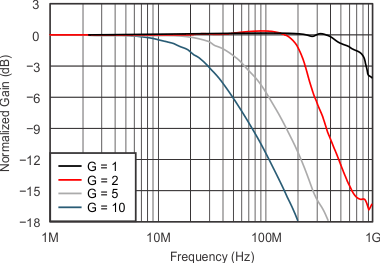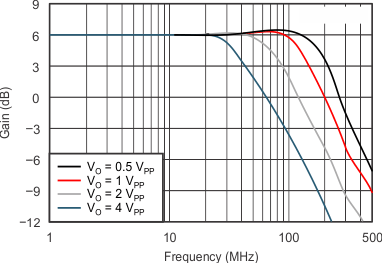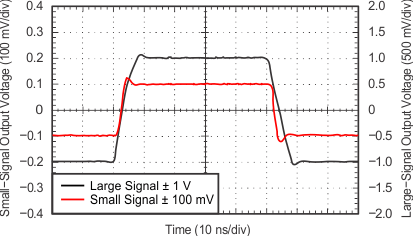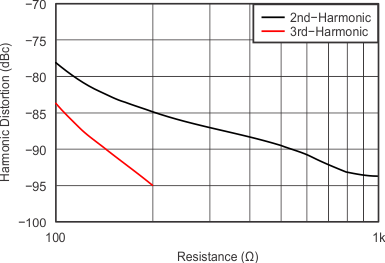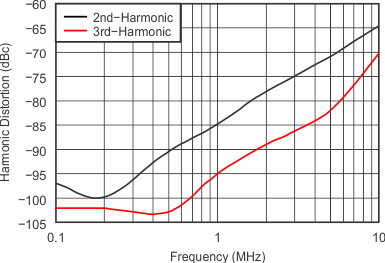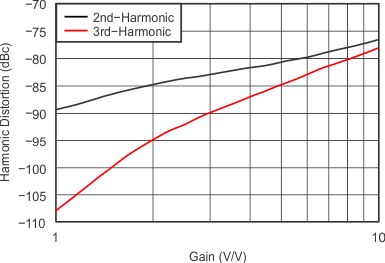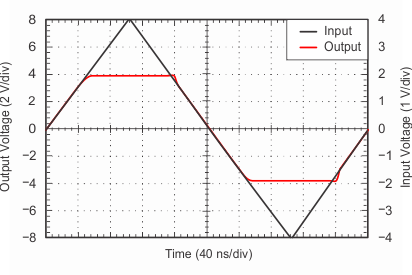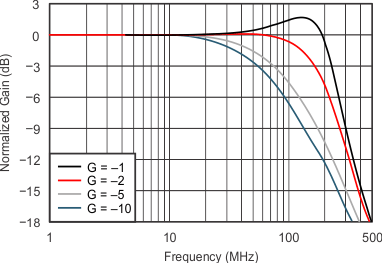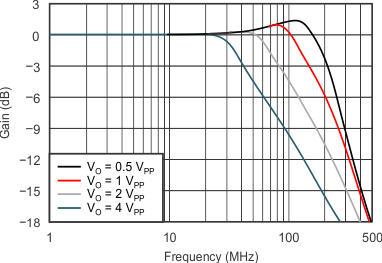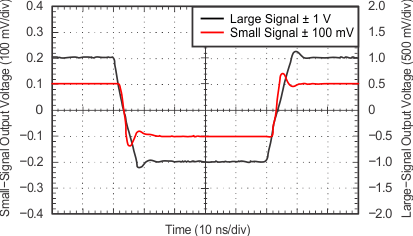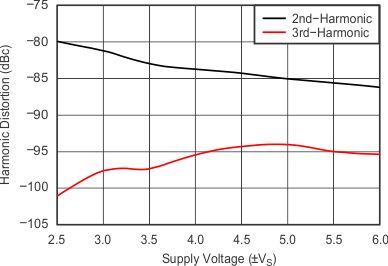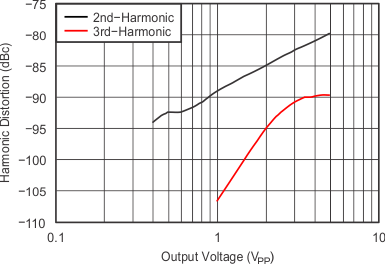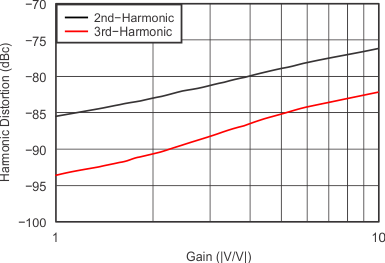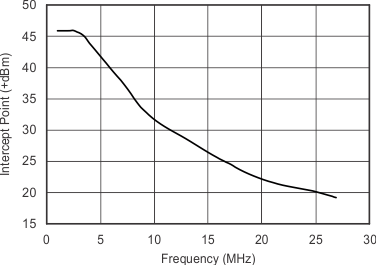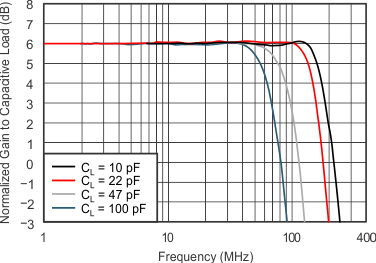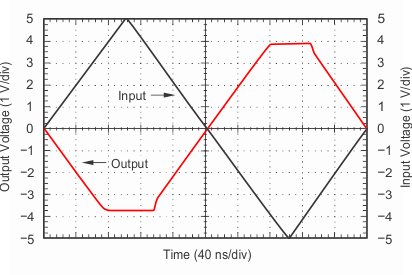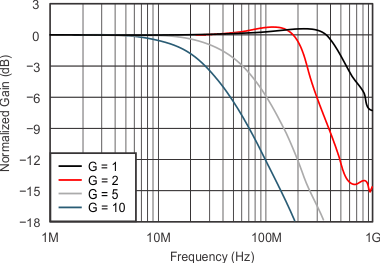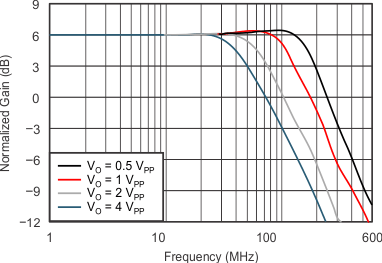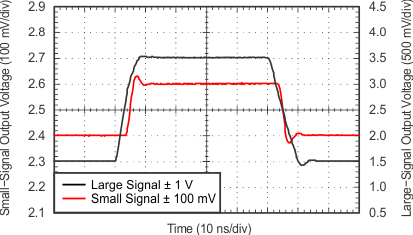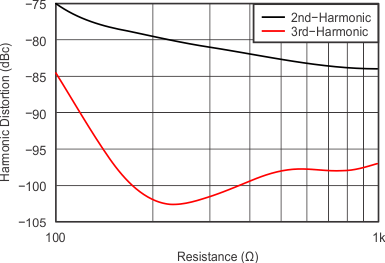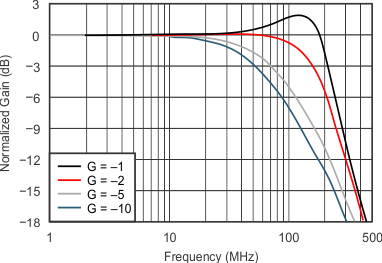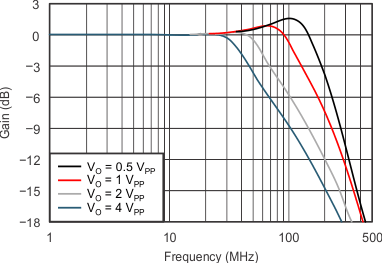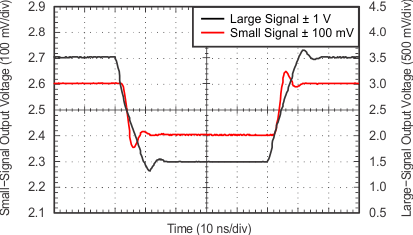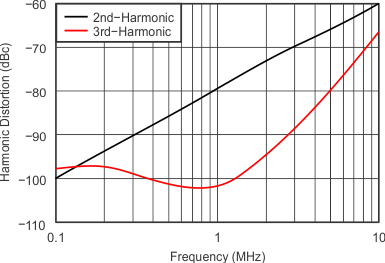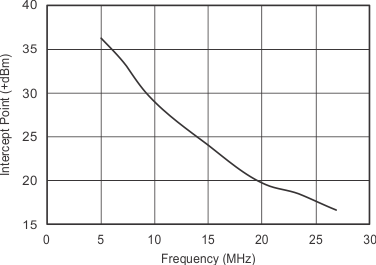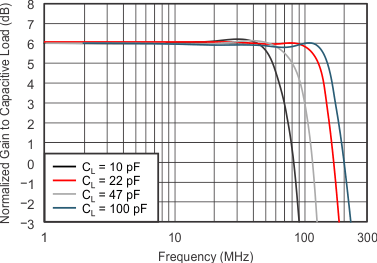SBOS303D June 2004 – December 2016 OPA820
PRODUCTION DATA.
- 1 Features
- 2 Applications
- 3 Description
- 4 Revision History
- 5 Device Comparison Table
- 6 Pin Configuration and Functions
- 7 Specifications
- 8 Parameter Measurement Information
- 9 Detailed Description
- 10Application and Implementation
- 11Power Supply Recommendations
- 12Layout
- 13Device and Documentation Support
- 14Mechanical, Packaging, and Orderable Information
封装选项
请参考 PDF 数据表获取器件具体的封装图。
机械数据 (封装 | 引脚)
- D|8
- DBV|5
散热焊盘机械数据 (封装 | 引脚)
订购信息
7 Specifications
7.1 Absolute Maximum Ratings
over operating free-air temperature range (unless otherwise noted)(1)| MIN | MAX | UNIT | |
|---|---|---|---|
| Power supply | ±6.5 | VDC | |
| Internal power dissipation | See Thermal Information | ||
| Differential input voltage | ±1.2 | V | |
| Input common-mode voltage | ±VS | V | |
| Junction temperature, TJ | 150 | °C | |
| Storage temperature, Tstg | –65 | 125 | °C |
(1) Stresses beyond those listed under Absolute Maximum Ratings may cause permanent damage to the device. These are stress ratings only, which do not imply functional operation of the device at these or any other conditions beyond those indicated under Recommended Operating Conditions. Exposure to absolute-maximum-rated conditions for extended periods may affect device reliability.
7.2 ESD Ratings
| VALUE | UNIT | |||
|---|---|---|---|---|
| V(ESD) | Electrostatic discharge | Human-body model (HBM), per ANSI/ESDA/JEDEC JS-001(1) | ±3000 | V |
| Charged-device model (CDM), per JEDEC specification JESD22-C101(2) | ±1000 | |||
| Machine model (MM) | ±300 | |||
(1) JEDEC document JEP155 states that 500-V HBM allows safe manufacturing with a standard ESD control process.
(2) JEDEC document JEP157 states that 250-V CDM allows safe manufacturing with a standard ESD control process.
7.3 Recommended Operating Conditions
over operating free-air temperature range (unless otherwise noted)| MIN | NOM | MAX | UNIT | ||
|---|---|---|---|---|---|
| VS | Total supply voltage | 5 | 10 | 12 | V |
| TA | Operating ambient temperature | –45 | 25 | 85 | °C |
7.4 Thermal Information
| THERMAL METRIC(1) | OPA820 | UNIT | ||
|---|---|---|---|---|
| DBV (SOT-23) | D (SOIC) | |||
| 5 PINS | 8 PINS | |||
| RθJA | Junction-to-ambient thermal resistance | 150 | 125 | °C/W |
| RθJC(top) | Junction-to-case (top) thermal resistance | 141.1 | 72.6 | °C/W |
| RθJB | Junction-to-board thermal resistance | 42.9 | 68.2 | °C/W |
| ψJT | Junction-to-top characterization parameter | 23.5 | 28.1 | °C/W |
| ψJB | Junction-to-board characterization parameter | 42 | 67.8 | °C/W |
(1) For more information about traditional and new thermal metrics, see the Semiconductor and IC Package Thermal Metrics application report.
7.5 Electrical Characteristics: VS = ±5 V
RF = 402 Ω, RL = 100 Ω, G = 2, and TA = 25°C (unless otherwise noted)(1)(2)(3)| PARAMETER | TEST CONDITIONS | MIN | TYP | MAX | UNIT | ||
|---|---|---|---|---|---|---|---|
| AC PERFORMANCE | |||||||
| Small-signal bandwidth | G = 1, VO = 0.1 VPP, RF = 0 Ω, Test level = C | 800 | MHz | ||||
| G = 2, VO = 0.1 VPP, Test level = B |
TA = 25°C | 170 | 240 | ||||
| TA = 0°C to 70°C | 160 | ||||||
| TA = –40°C to 85°C | 155 | ||||||
| G = 10, VO = 0.1 VPP, Test level = B |
TA = 25°C | 23 | 30 | ||||
| TA = 0°C to 70°C | 21 | ||||||
| TA = –40°C to 85°C | 20 | ||||||
| Gain-bandwidth product | G ≥ 20, Test level = B | TA = 25°C | 220 | 280 | MHz | ||
| TA = 0°C to 70°C | 204 | ||||||
| TA = –40°C to 85°C | 200 | ||||||
| Bandwidth for 0.1-dB gain flatness | G = 2, VO = 0.1 VPP, Test level = C | 38 | MHz | ||||
| Peaking at a gain of 1 | VO = 0.1 VPP, RF = 0 Ω, Test level = C | 0.5 | dB | ||||
| Large-signal bandwidth | G = 2, VO = 2 VPP, Test level = C | 85 | MHz | ||||
| Slew rate | G = 2, 2-V step, Test level = B |
TA = 25°C | 192 | 240 | V/µs | ||
| TA = 0°C to 70°C | 186 | ||||||
| TA = –40°C to 85°C | 180 | ||||||
| Rise time and fall time | G = 2, VO = 0.2-V step, Test level = C | 1.5 | ns | ||||
| Settling time | G = 2, VO = 2-V step, Test level = C |
To 0.02% | 22 | ns | |||
| To 0.1% | 18 | ||||||
| Harmonic distortion, 2nd-harmonic | G = 2, f = 1 MHz, VO = 2 VPP, RL = 200 Ω, Test level = B |
TA = 25°C | –85 | –81 | dBc | ||
| TA = 0°C to 70°C | –80 | ||||||
| TA = –40°C to 85°C | –79 | ||||||
| G = 2, f = 1 MHz, VO = 2 VPP, RL ≥ 500 Ω, Test level = B |
TA = 25°C | –90 | –85 | ||||
| TA = 0°C to 70°C | –83 | ||||||
| TA = –40°C to 85°C | –81 | ||||||
| Harmonic distortion, 3rd-harmonic | G = 2, f = 1 MHz, VO = 2 VPP, RL = 200 Ω, Test level = B |
TA = 25°C | –95 | –90 | dBc | ||
| TA = 0°C to 70°C | –89 | ||||||
| TA = –40°C to 85°C | –88 | ||||||
| G = 2, f = 1 MHz, VO = 2 VPP, RL ≥ 500 Ω, Test level = B |
TA = 25°C | –110 | –105 | ||||
| TA = 0°C to 70°C | –102 | ||||||
| TA = –40°C to 85°C | –100 | ||||||
| Input voltage noise | f > 100 kHz, Test level = B | TA = 25°C | 2.5 | 2.7 | nV/√Hz | ||
| TA = 0°C to 70°C | 2.8 | ||||||
| TA = –40°C to 85°C | 2.9 | ||||||
| Input current noise | f > 100 kHz, Test level = B | TA = 25°C | 1.7 | 2.6 | pA/√Hz | ||
| TA = 0°C to 70°C | 2.8 | ||||||
| TA = –40°C to 85°C | 3 | ||||||
| Differential gain | G = 2, PAL, VO = 1.4 VPP, RL = 150 Ω, Test level = C | 0.01% | |||||
| Differential phase | G = 2, PAL, VO = 1.4 VPP, RL = 150 Ω, Test level = C | 0.03 | ° | ||||
| DC PERFORMANCE(4) | |||||||
| AOL | Open-loop voltage gain | VCM = 0 V, Test level = A | TA = 25°C | 62 | 66 | dB | |
| TA = 0°C to 70°C | 61 | ||||||
| TA = –40°C to 85°C | 60 | ||||||
| Input offset voltage | VCM = 0 V, Test level = A | TA = 25°C | ±0.2 | ±0.75 | mV | ||
| TA = 0°C to 70°C | ±1 | ||||||
| TA = –40°C to 85°C | ±1.2 | ||||||
| Average input offset voltage drift | VCM = 0 V, Test level = B | TA = 0°C to 70°C | 4 | µV/°C | |||
| TA = –40°C to 85°C | 4 | ||||||
| Input bias current | VCM = 0 V, Test level = A | TA = 25°C | –9 | –17 | µA | ||
| TA = 0°C to 70°C | –19 | ||||||
| TA = –40°C to 85°C | –23 | ||||||
| Average input bias current drift | VCM = 0 V, Test level = B | TA = 0°C to 70°C | 30 | nA/°C | |||
| TA = –40°C to 85°C | 50 | ||||||
| Input offset current | VCM = 0 V, Test level = A | TA = 25°C | ±100 | ±400 | nA | ||
| TA = 0°C to 70°C | ±600 | ||||||
| TA = –40°C to 85°C | ±700 | ||||||
| Inverting input bias-current drift | VCM = 0 V, Test level = B | TA = 0°C to 70°C | 5 | nA/°C | |||
| TA = –40°C to 85°C | 5 | ||||||
| INPUT | |||||||
| CMIR | Common-mode input range(5) | Test level = A | TA = 25°C | ±3.8 | ±4 | V | |
| TA = 0°C to 70°C | ±3.7 | ||||||
| TA = –40°C to 85°C | ±3.6 | ||||||
| CMRR | Common-mode rejection ratio | VCM = 0 V, Input-referred, Test level = A |
TA = 25°C | 76 | 85 | dB | |
| TA = 0°C to 70°C | 75 | ||||||
| TA = –40°C to 85°C | 73 | ||||||
| Input impedance, differential mode | VCM = 0 V, TA = 25°C, Test level = C | 18 || 0.8 | kΩ || pF | ||||
| Input impedance, common mode | VCM = 0 V, TA = 25°C, Test level = C | 6 || 1 | MΩ || pF | ||||
| OUTPUT | |||||||
| Output voltage swing | No load, Test level = A | TA = 25°C | ±3.5 | ±3.7 | V | ||
| TA = 0°C to 70°C | ±3.42 | ||||||
| TA = –40°C to 85°C | ±3.4 | ||||||
| RL = 100 Ω, Test level = A | TA = 25°C | ±3.5 | ±3.6 | ||||
| TA = 0°C to 70°C | ±3.45 | ||||||
| TA = –40°C to 85°C | ±3.4 | ||||||
| Output current | VO = 0 V, Test level = A | TA = 25°C | ±90 | ±110 | mA | ||
| TA = 0°C to 70°C | ±80 | ||||||
| TA = –40°C to 85°C | ±75 | ||||||
| Short-circuit output current | Output shorted to ground, Test level = C | ±125 | mA | ||||
| Closed-loop output impedance | G = 2, f ≤ 100 kHz, Test level = C | 0.04 | Ω | ||||
| POWER SUPPLY | |||||||
| Quiescent current | VS = ±5 V, Test level = A | TA = 25°C | 5.45 | 5.6 | 5.75 | mA | |
| TA = 0°C to 70°C | 5 | 6.2 | |||||
| TA = –40°C to 85°C | 4.8 | 6.4 | |||||
| PSRR | Power-supply rejection ratio | Input referred, Test level = A | TA = 25°C | 64 | 72 | dB | |
| TA = 0°C to 70°C | 63 | ||||||
| TA = –40°C to 85°C | 62 | ||||||
(1) Test levels: (A) 100% tested at 25°C. Overtemperature limits by characterization and simulation. (B) Limits set by characterization and simulation. (C) Typical value only for information.
(2) TJ = TA for 25°C specifications.
(3) TJ = TA at low temperature limits; TJ = TA + 9°C at high temperature limit for over temperature.
(4) Current is considered positive out-of-node. VCM is the input common-mode voltage.
7.6 Electrical Characteristics: VS = 5 V
RF = 402 Ω, RL = 100 Ω, G = 2, and TA = 25°C (unless otherwise noted)(1)(2)(3)| PARAMETER | TEST CONDITIONS | MIN | TYP | MAX | UNIT | ||
|---|---|---|---|---|---|---|---|
| AC PERFORMANCE | |||||||
| Small-signal bandwidth | G = 1, VO = 0.1 VPP, RF = 0 Ω, Test level = C | 550 | MHz | ||||
| G = 2, VO = 0.1 VPP, Test level = B |
TA = 25°C | 168 | 230 | ||||
| TA = 0°C to 70°C | 155 | ||||||
| TA = –40°C to 85°C | 151 | ||||||
| G = 10, VO = 0.1 VPP, Test level = B |
TA = 25°C | 21 | 28 | ||||
| TA = 0°C to 70°C | 20 | ||||||
| TA = –40°C to 85°C | 19 | ||||||
| Gain-bandwidth product | G ≥ 20, Test level = B | TA = 25°C | 200 | 260 | MHz | ||
| TA = 0°C to 70°C | 190 | ||||||
| TA = –40°C to 85°C | 185 | ||||||
| Peaking at a gain of 1 | VO = 0.1 VPP, RF = 0 Ω, Test level = C | 0.5 | dB | ||||
| Large-signal bandwidth | G = 2, VO = 2 VPP, Test level = C | 70 | MHz | ||||
| Slew rate | G = 2, 2-V step, Test level = B |
TA = 25°C | 145 | 200 | V/µs | ||
| TA = 0°C to 70°C | 140 | ||||||
| TA = –40°C to 85°C | 135 | ||||||
| Rise time and fall time | G = 2, VO = 2-V step, Test level = C | 1.7 | ns | ||||
| Settling time | G = 2, VO = 2-V step, Test level = C |
To 0.02% | 24 | ns | |||
| To 0.1% | 21 | ||||||
| Harmonic distortion, 2nd-harmonic | G = 2, f = 1 MHz, VO = 2 VPP, RL = 200 Ω, Test level = B |
TA = 25°C | –80 | –76 | dBc | ||
| TA = 0°C to 70°C | –75 | ||||||
| TA = –40°C to 85°C | –74 | ||||||
| G = 2, f = 1 MHz, VO = 2 VPP, RL ≥ 500 Ω, Test level = B |
TA = 25°C | –83 | –79 | ||||
| TA = 0°C to 70°C | –77 | ||||||
| TA = –40°C to 85°C | –75 | ||||||
| Harmonic distortion, 3rd-harmonic | G = 2, f = 1 MHz, VO = 2 VPP, RL = 200 Ω, Test level = B |
TA = 25°C | –100 | –92 | dBc | ||
| TA = 0°C to 70°C | –91 | ||||||
| TA = –40°C to 85°C | –90 | ||||||
| G = 2, f = 1 MHz, VO = 2 VPP, RL ≥ 500 Ω, Test level = B |
TA = 25°C | –98 | –95 | ||||
| TA = 0°C to 70°C | –93 | ||||||
| TA = –40°C to 85°C | –92 | ||||||
| Input voltage noise | f > 100 kHz, Test level = B | TA = 25°C | 2.5 | 2.8 | nV/√Hz | ||
| TA = 0°C to 70°C | 2.9 | ||||||
| TA = –40°C to 85°C | 3 | ||||||
| Input current noise | f > 100 kHz, Test level = B | TA = 25°C | 1.6 | 2.5 | pA/√Hz | ||
| TA = 0°C to 70°C | 2.7 | ||||||
| TA = –40°C to 85°C | 2.9 | ||||||
| DC PERFORMANCE(4) | |||||||
| AOL | Open-loop voltage gain | VO = 2.5 V, Test level = A | TA = 25°C | 60 | 65 | dB | |
| TA = 0°C to 70°C | 59 | ||||||
| TA = –40°C to 85°C | 58 | ||||||
| Input offset voltage | VCM = 2.5 V, Test level = A | TA = 25°C | ±0.3 | ±1.1 | mV | ||
| TA = 0°C to 70°C | ±1.4 | ||||||
| TA = –40°C to 85°C | ±1.6 | ||||||
| Average input offset voltage drift | VCM = 2.5 V, Test level = B | TA = 0°C to 70°C | 4 | µV/°C | |||
| TA = –40°C to 85°C | 4 | ||||||
| Input bias current | VCM = 2.5 V, Test level = A | TA = 25°C | –8 | –16 | µA | ||
| TA = 0°C to 70°C | –18 | ||||||
| TA = –40°C to 85°C | –22 | ||||||
| Average input bias current drift | VCM = 2.5 V, Test level = B | TA = 0°C to 70°C | 30 | nA/°C | |||
| TA = –40°C to 85°C | 50 | ||||||
| Input offset current | VCM = 2.5 V, Test level = A | TA = 25°C | ±100 | ±400 | nA | ||
| TA = 0°C to 70°C | ±600 | ||||||
| TA = –40°C to 85°C | ±700 | ||||||
| Inverting input bias-current drift | VCM = 2.5 V, Test level = B | TA = 0°C to 70°C | 5 | nA/°C | |||
| TA = –40°C to 85°C | 5 | ||||||
| INPUT | |||||||
| Lease positive input voltage | Test level = A | TA = 25°C | 0.9 | 1.1 | V | ||
| TA = 0°C to 70°C | 1.2 | ||||||
| TA = –40°C to 85°C | 1.3 | ||||||
| Most positive input voltage | Test level = A | TA = 25°C | 4.2 | 4.5 | V | ||
| TA = 0°C to 70°C | 4.1 | ||||||
| TA = –40°C to 85°C | 4 | ||||||
| CMRR | Common-mode rejection ratio | VCM = 2.5 V, Input-referred, Test level = A |
TA = 25°C | 74 | 83 | dB | |
| TA = 0°C to 70°C | 73 | ||||||
| TA = –40°C to 85°C | 72 | ||||||
| Input impedance, differential mode | VCM = 2.5 V, TA = 25°C, Test level = C | 15 || 1 | kΩ || pF | ||||
| Input impedance, common mode | VCM = 2.5 V, TA = 25°C, Test level = C | 5 || 1.3 | MΩ || pF | ||||
| OUTPUT | |||||||
| Most positive output voltage | No load, Test level = A | TA = 25°C | 3.8 | 3.9 | V | ||
| TA = 0°C to 70°C | 3.75 | ||||||
| TA = –40°C to 85°C | 3.7 | ||||||
| RL = 100 Ω to 2.5 V, Test level = A |
TA = 25°C | 3.7 | 3.8 | ||||
| TA = 0°C to 70°C | 3.65 | ||||||
| TA = –40°C to 85°C | 3.6 | ||||||
| Least positive output voltage | No load, Test level = A | TA = 25°C | 1.2 | 1.3 | V | ||
| TA = 0°C to 70°C | 1.35 | ||||||
| TA = –40°C to 85°C | 1.4 | ||||||
| RL = 100 Ω to 2.5 V, Test level = A |
TA = 25°C | 1.2 | 1.3 | ||||
| TA = 0°C to 70°C | 1.35 | ||||||
| TA = –40°C to 85°C | 1.4 | ||||||
| Output current | VO = 2.5 V, Test level = A | TA = 25°C | ±80 | ±105 | mA | ||
| TA = 0°C to 70°C | ±70 | ||||||
| TA = –40°C to 85°C | ±65 | ||||||
| Short-circuit output current | Output shorted to ground, Test level = C | ±115 | mA | ||||
| Closed-loop output impedance | G = 2, f ≤ 100 kHz, Test level = C | 0.04 | Ω | ||||
| POWER SUPPLY | |||||||
| Quiescent current | VS = ±5 V, Test level = A | TA = 25°C | 4.4 | 5 | 5.4 | mA | |
| TA = 0°C to 70°C | 4.25 | 5.5 | |||||
| TA = –40°C to 85°C | 4.1 | 5.6 | |||||
| PSRR | Power-supply rejection ratio | Input referred, TA = 25°C, Test level = A | 68 | dB | |||
(1) Test levels: (A) 100% tested at 25°C. Overtemperature limits by characterization and simulation. (B) Limits set by characterization and simulation. (C) Typical value only for information.
(2) TJ = TA for 25°C specifications.
(3) TJ = TA at low temperature limits; TJ = TA + 9°C at high temperature limit for over temperature.
(4) Current is considered positive out-of-node. VCM is the input common-mode voltage.
(5) Tested at less than 3 dB below the minimum specified CMRR at ± CMIR limits.
7.7 Typical Characteristics
7.7.1 ±5-V Supply Voltage
VS = ±5 V, RF = 402 Ω, RL = 100 Ω, G = 2, and TA = 25°C (unless otherwise noted)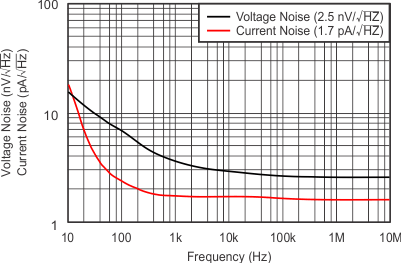
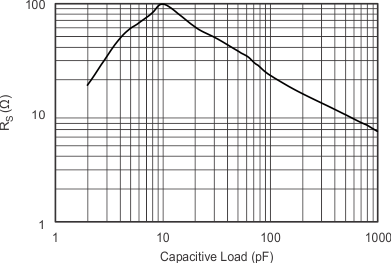
| 0-dB peaking targeted | ||
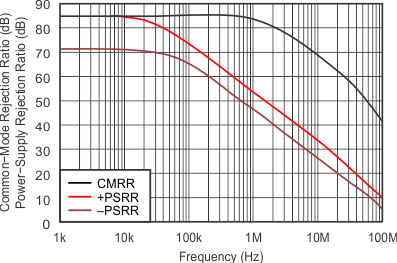 Figure 17. CMRR and PSRR vs Frequency
Figure 17. CMRR and PSRR vs Frequency
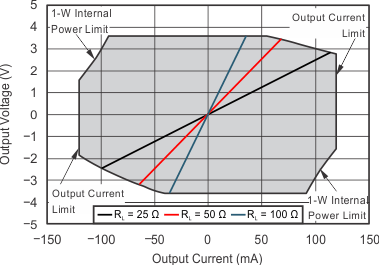 Figure 19. Output Voltage and Current Limitations
Figure 19. Output Voltage and Current Limitations
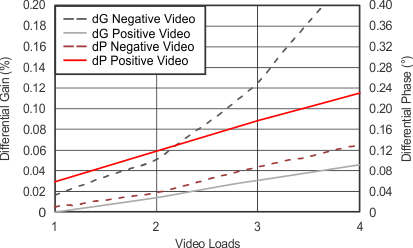
| G = 2 V/V |
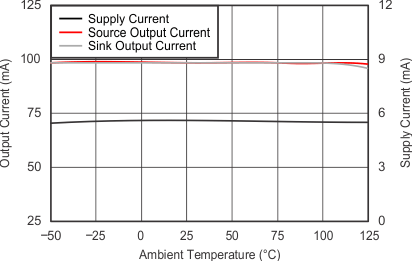 Figure 25. Supply and Output Current vs Temperature
Figure 25. Supply and Output Current vs Temperature
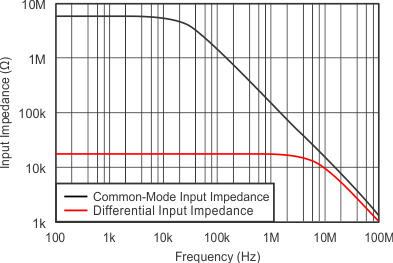
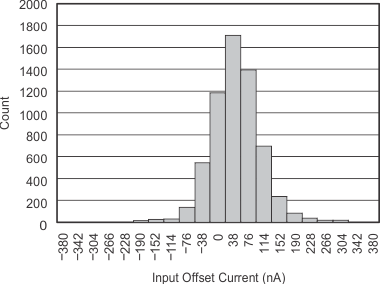
| Mean = 26 nA | Standard deviation = 57 nA | Total count = 6115 |
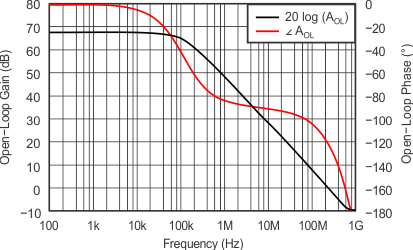 Figure 18. Open-Loop Gain and Phase
Figure 18. Open-Loop Gain and Phase
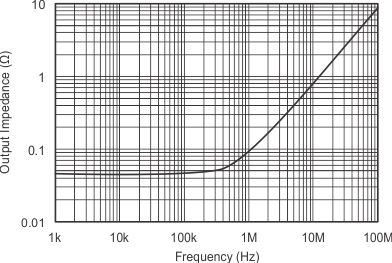 Figure 20. Closed-Loop Output Impedance vs Frequency
Figure 20. Closed-Loop Output Impedance vs Frequency
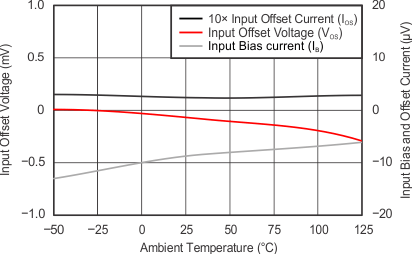
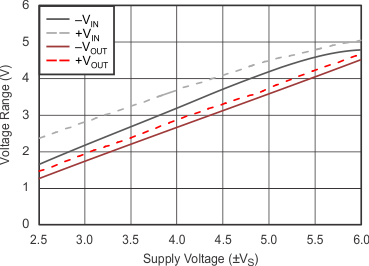 Figure 26. Common-Mode Input Range and Output Swing vs Supply Voltage
Figure 26. Common-Mode Input Range and Output Swing vs Supply Voltage
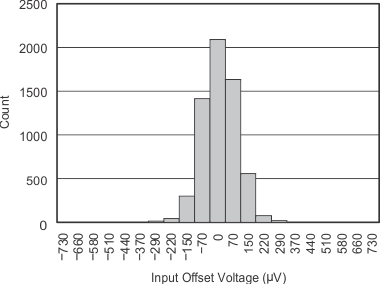
| Mean = –30 µV | Total count = 6115 | |
| Standard deviation = 80 µV | ||
7.7.2 5-V Supply Voltage
VS = 5 V, RF = 402 Ω, RL = 100 Ω, G = 2, and TA = 25°C (unless otherwise noted)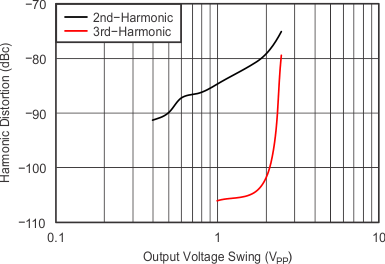
| f = 1 MHz | RL = 200 Ω | VO = 2 VPP |
| G = 2 V/V |
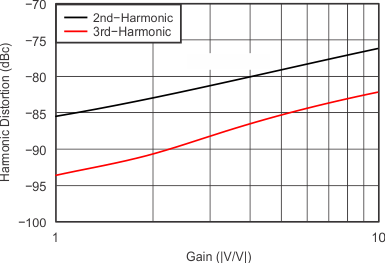
| f = 1 MHz | RL = 200 Ω | VO = 2 VPP |
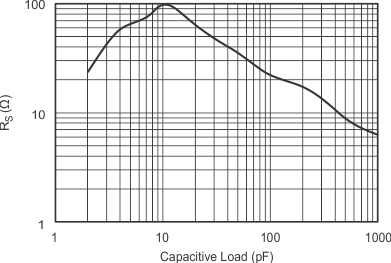
| 0-dB peaking targeted | ||
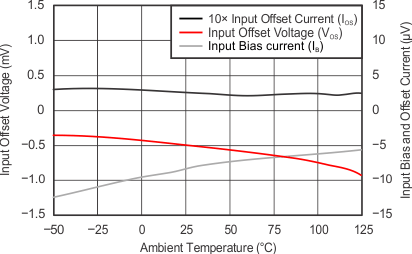 Figure 44. Typical DC Drift Over Temperature
Figure 44. Typical DC Drift Over Temperature
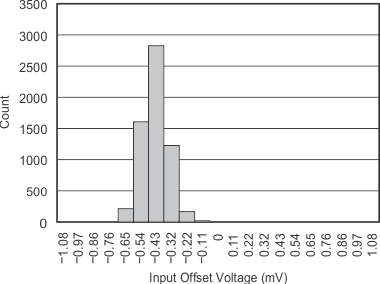
| Mean = 490 µV | Total count = 6115 | |
| Standard deviation = 90 µV | ||
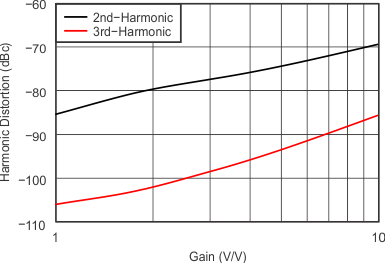
| f = 1 MHz | RL = 200 Ω | VO = 2 VPP |
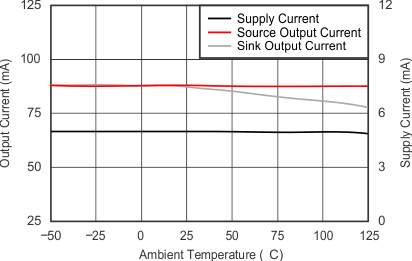 Figure 45. Supply and Output Current vs Temperature
Figure 45. Supply and Output Current vs Temperature
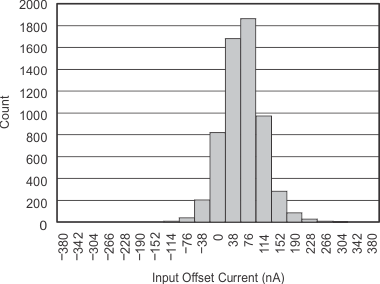
| Mean = 43 nA | Total count = 6115 | |
| Standard deviation = 50 nA | ||
